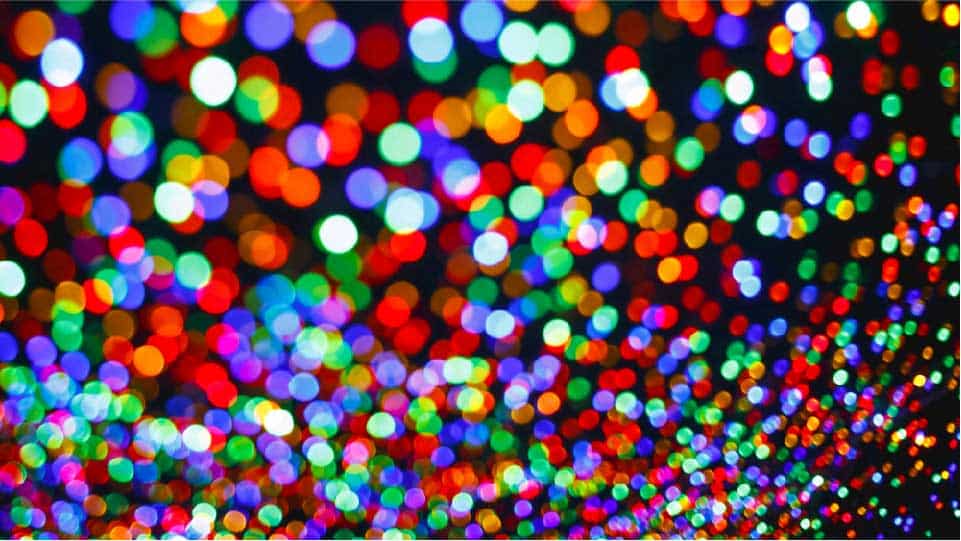Have you been giving color and branding the attention they deserve?
There are two kinds of entrepreneurs in the world—those who think there’s a connection between color and branding, and those who don’t.
Which kind are you? And have you always been that way?
What happened to “What’s your favorite color”?
Back in school, color was a big deal. Because on the playground, chances are you’d have had a hard time being friends with someone whose color choice you didn’t understand. (“Seriously? How can you like orange? Maybe I don’t want to invite you to my birthday party after all.”)
By the time we’re, say, 20, most of us grow out of having a favorite color, cornflower blue notwithstanding.
But that’s only because we move on to talking about CMYK and Pantones and hexes and RGB. The idea that color is any less important to us is a myth—we’ve just moved the conversation from the schoolyard to the boardroom.
Except nobody can really agree on what to talk about. Indeed, depending on which consultant you talk to, color is either the key to successful branding or completely irrelevant.
At BRANDING FOR THE PEOPLE, we fall somewhere in the middle.
We don’t believe there’s much truth to the whole “color psychology” thing, for example. After all, the perception of color is too subjective for there to be such a thing as a color that affects every viewer in the same way.
But we don’t deny that color can have an impact. It’s hard to argue with research when it shows that, depending on the product, up to 90% of snap judgements about products are made on color alone.
And let’s face it. No matter which side of the spectrum (see what we did there?) you fall on, we can all agree on one simple truth: color has a way of communicating even when words can’t.
Color and branding: three inspiring examples
Take American Express, for example. They use color in an ascending series of cards to imply, frankly, you’re a better person if you attain their ever more exclusive charge cards.
What’s the entry-level AMEX card? Green, of course…the color of money. Next comes gold, the color of… Well, the color of really expensive money. After that is the AMEX platinum card, which is about as exclusive as you can get.
Wait—except for the AMEX black card, which is powerfully mysterious. AMEX makes it available by invitation only, but don’t even dream about a black card unless you’re earning a million a year and spending at least a tenth of that. (If that’s the case, though, you certainly won’t bat an eye at the $2,500 annual fee.)
Numbers aside, can you see how the ascension sequence works for AMEX? Green, Gold, Platinum, Black—each more desirable.
Johnny Walker does something similar with its scotch, although it flips the script somewhat. Its entry level booze is the one with the red label—with red stirring connotations of strength and power.
Next on the list is the more elegant and mysterious Johnny Walker Black, followed by the calm and balanced Green, then the rich Gold and Platinum. Johnny Walker chose these colors carefully, implying that as you drink their more and more expensive whiskeys, you’ll be climbing the status ladder to new heights of success, abundance and admiration.
Tellingly, their most expensive blend is Johnny Walker Blue; the blue here connotes intelligence and cool rationality. Drinking Blue? What a smart person you are.
AMEX and Johnny Walker both use ascension sequences, but you don’t have to have your brand colors communicate prestige.
For an example of how to use color and branding practically, you need only look as far as USA Today, where color is used on the website to subconsciously orient readers to the different sections of the paper.
News is blue, an appropriate color for coverage that makes you feel safe about your place in the world. Sports is red—the rivalry between teams, of course, being as close as most Americans get to war. A creative purple marks the Life section, green denotes Money, quirky orange signifies Tech, and so on.
And quick—what’s the color of the Opinion section in the newspaper that pledges to “serve as a forum for…unity to help make the USA truly one nation”?
The color of compromise, of course, and the absolute mix of black on one side and white on the other…
Grey.
Takeaway
While there may not be much behind the idea of color psychology, even those myths are accepted as facts in our modern world—and there’s no denying that your brand’s customers respond to color in ways they may not understand. Seize the opportunity to put a little color into your business life, either with an ascension scheme, or simply for the joy of color itself.
It makes common sense to hire a branding agency … for branding. And, you can do that in just 2-days with our “Branding Intensive“.







